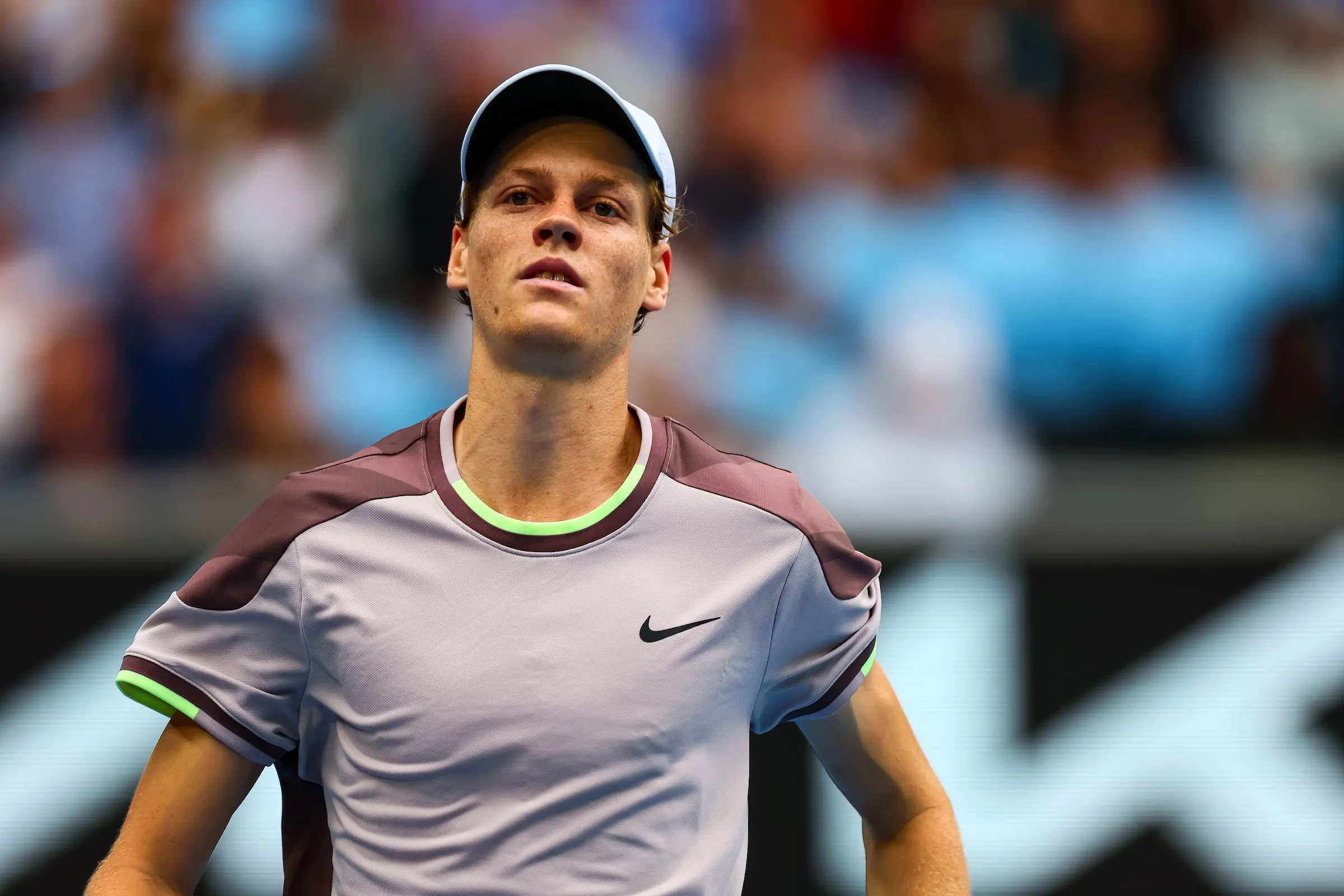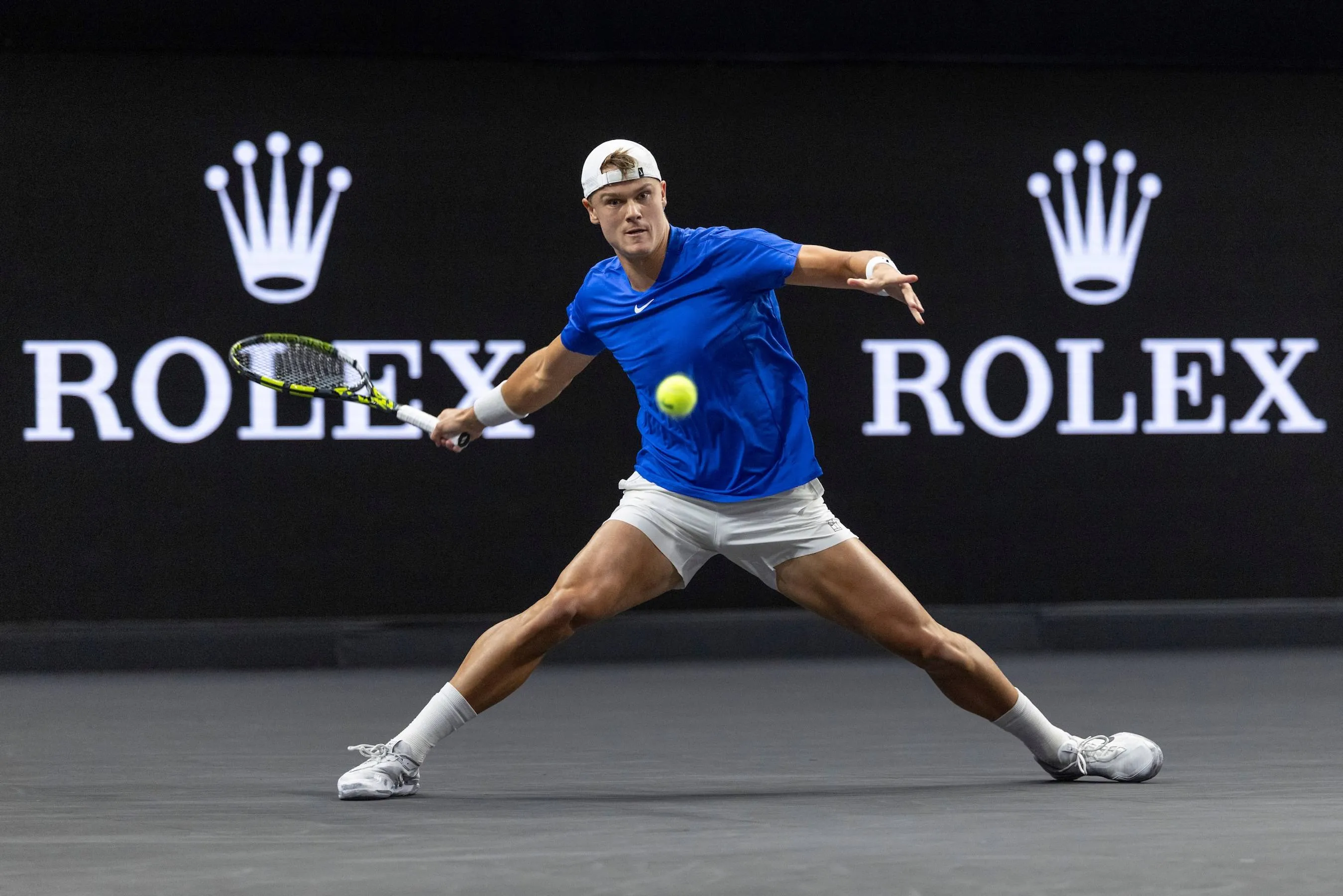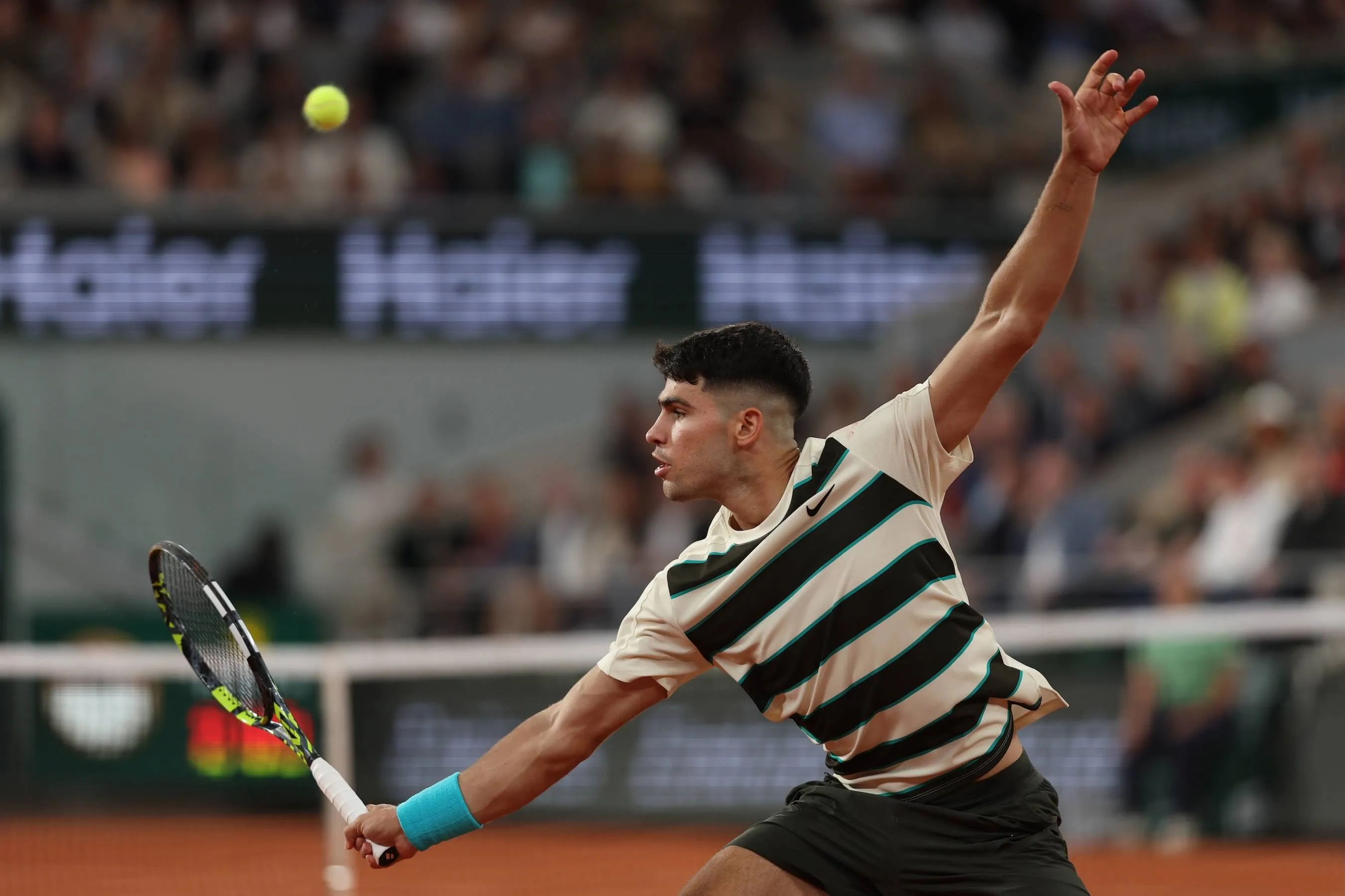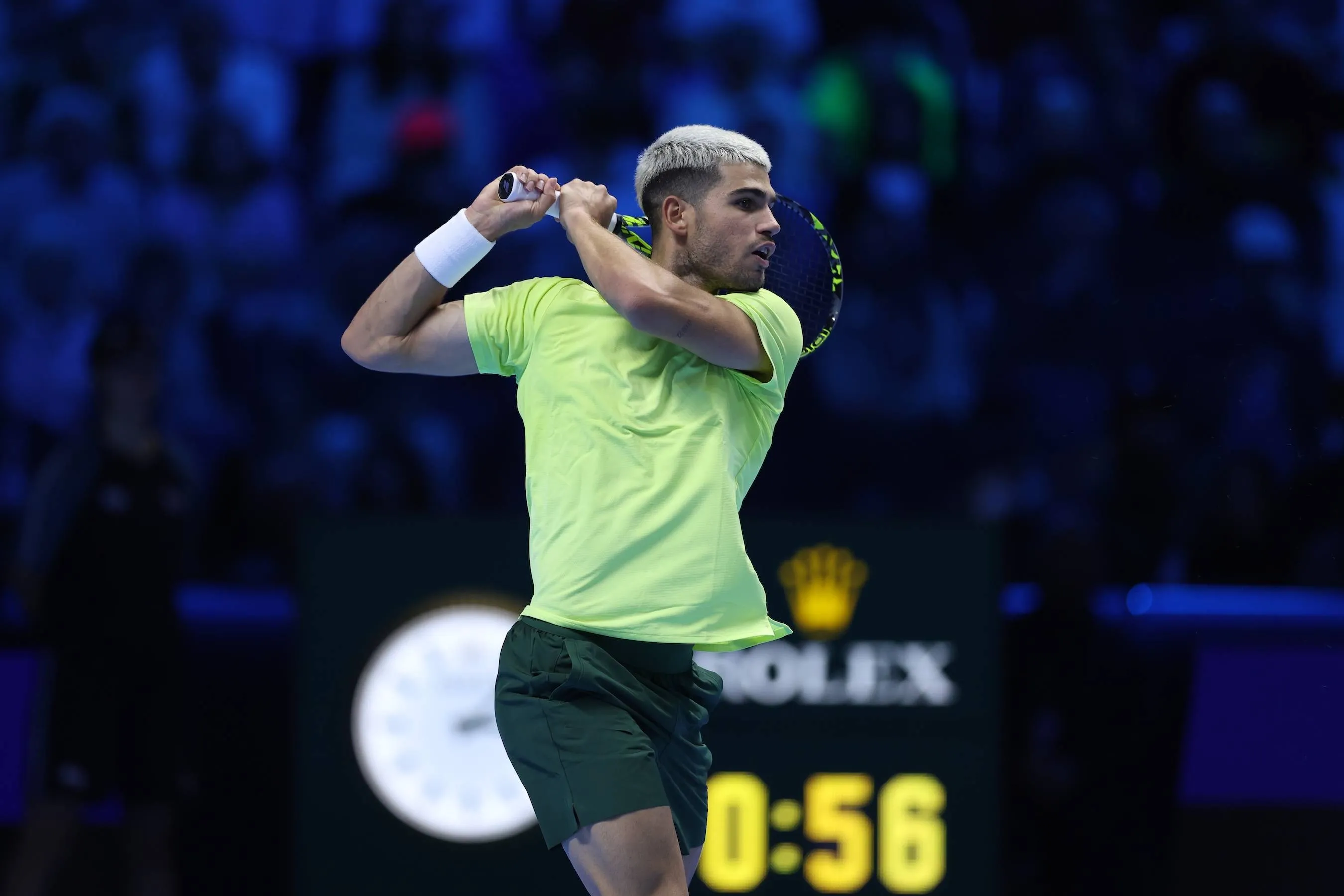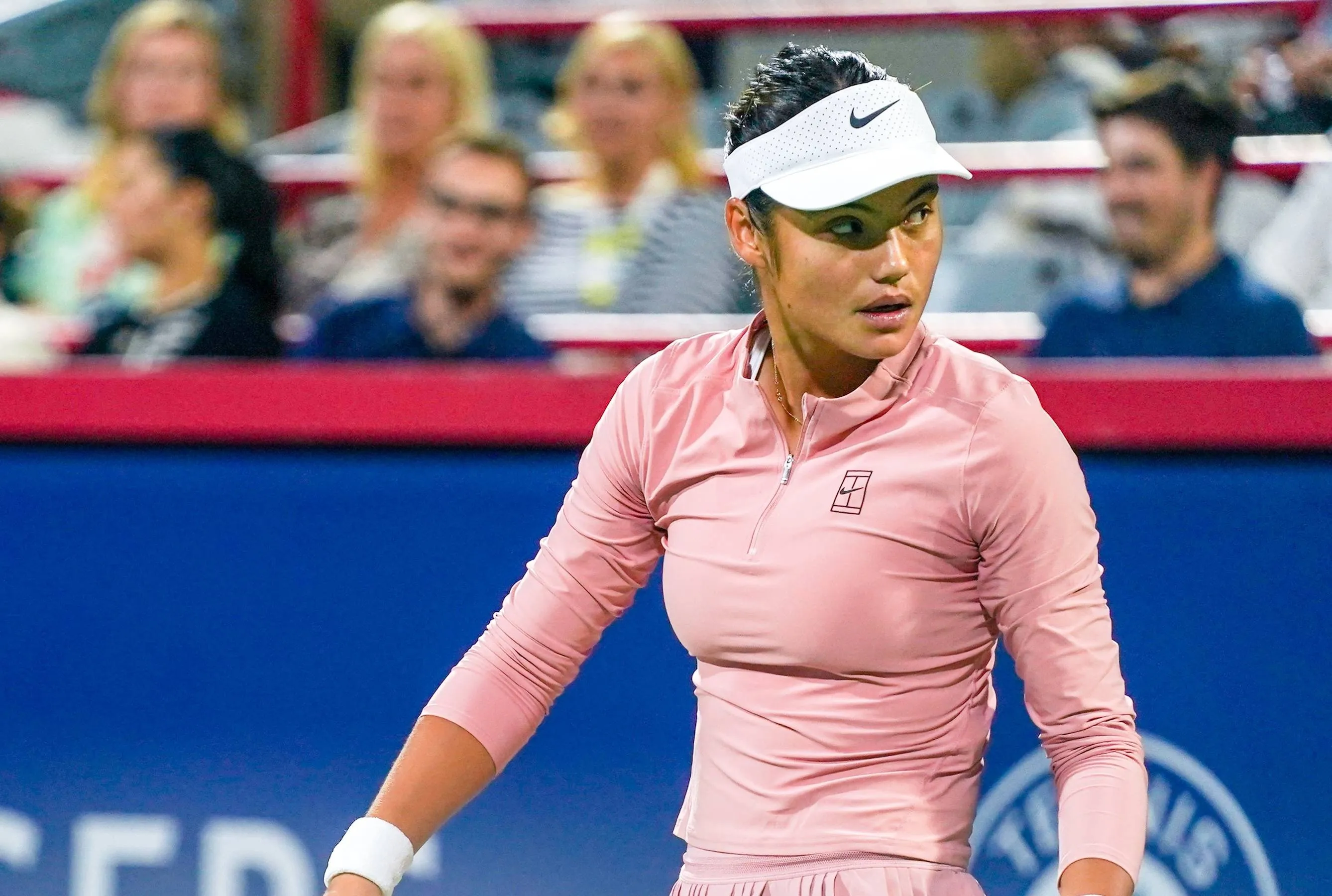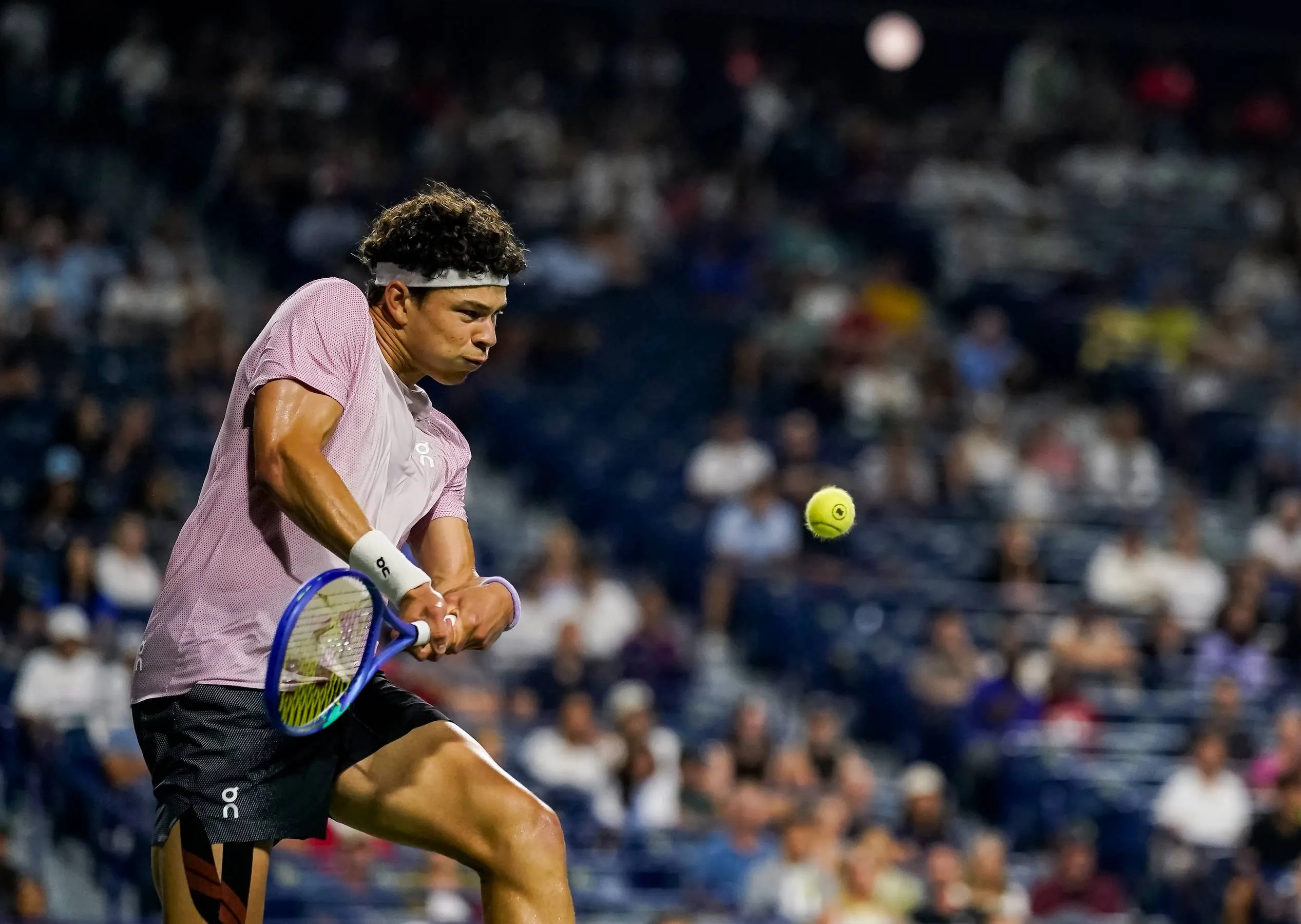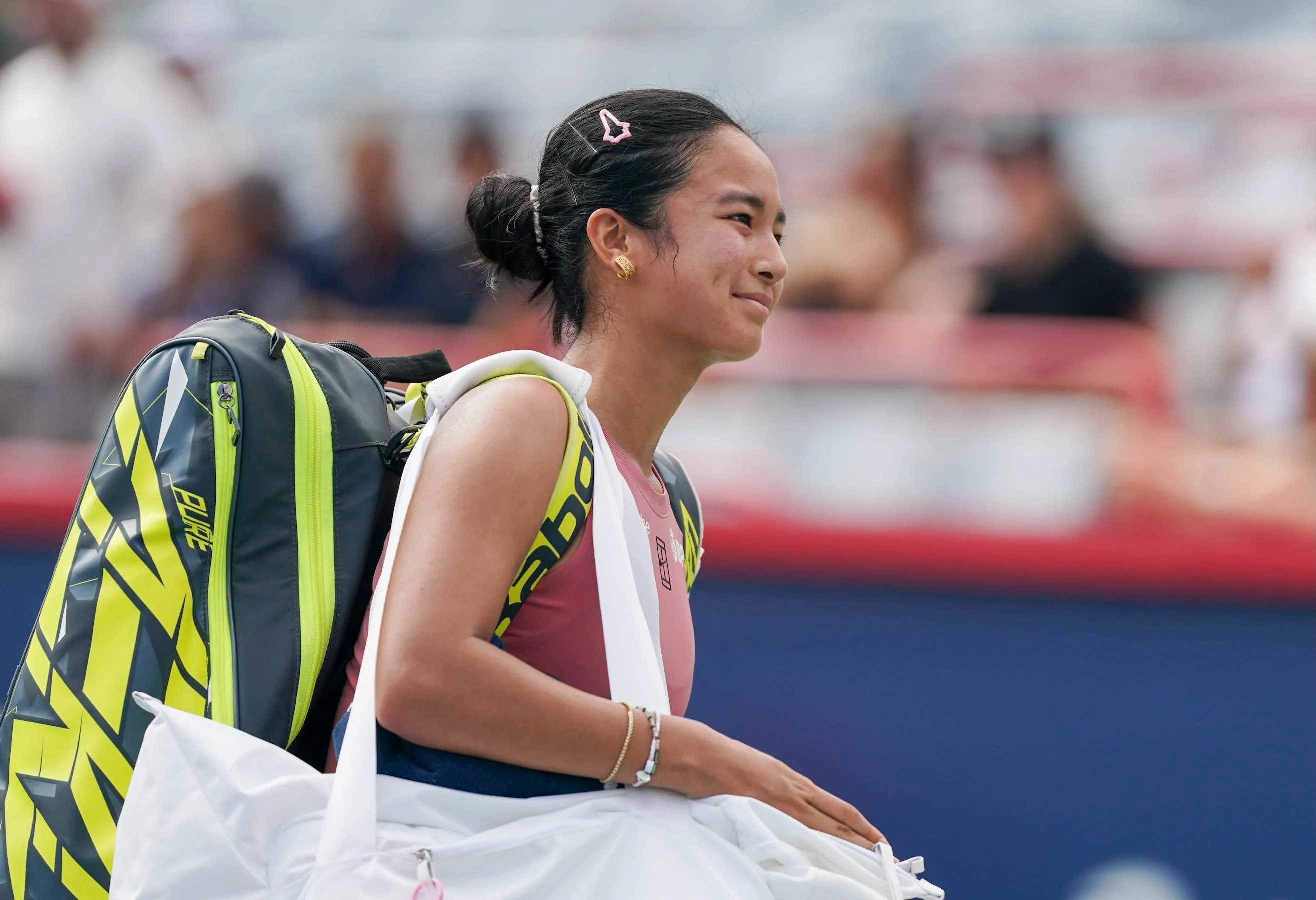Why 2025 has been a missed opportunity for Aryna Sabalenka
OpinionWednesday, 15 October 2025 at 22:55
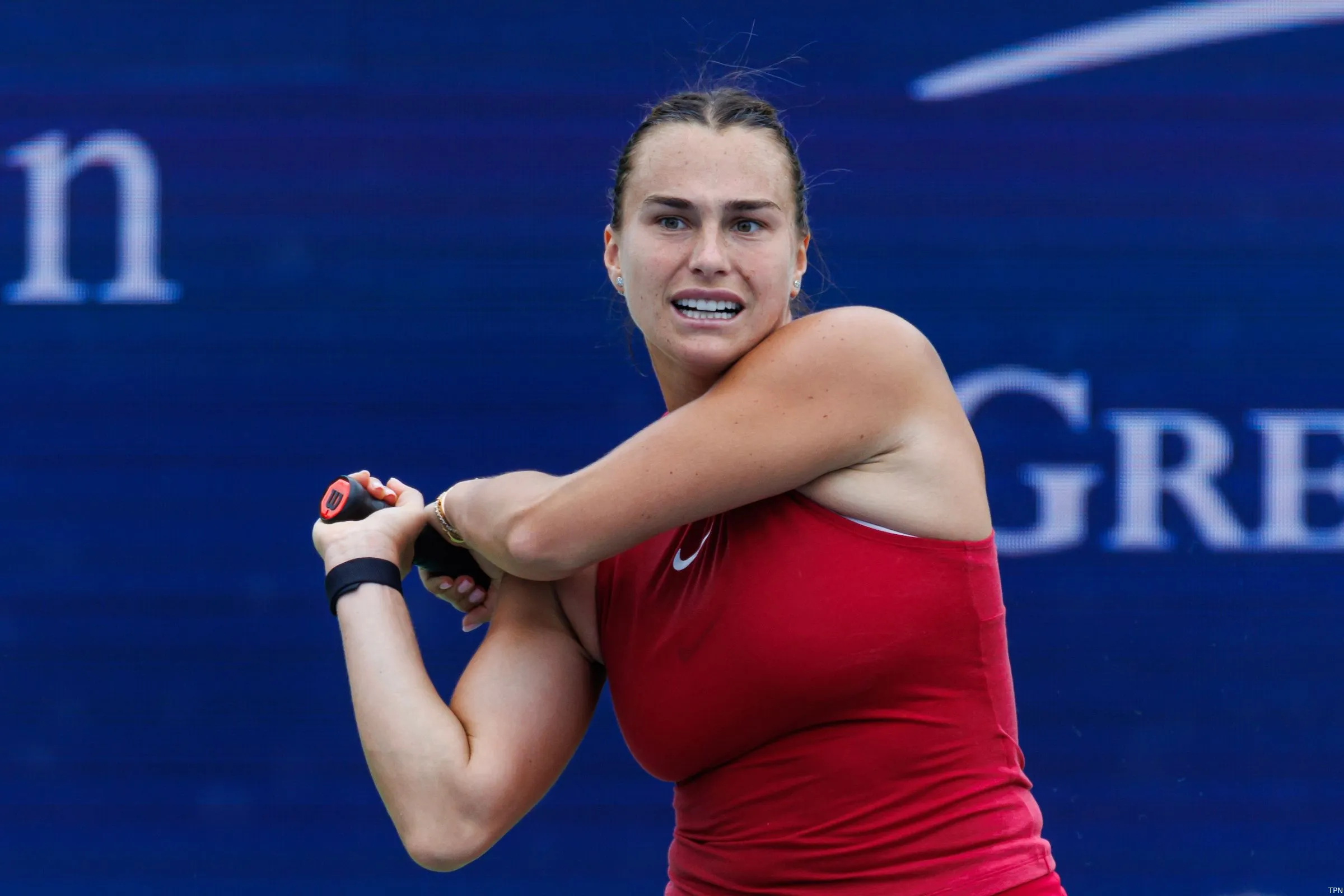
Aryna Sabalenka's outstanding achievements during 2025 do not prevent it from being a year she may look back on with regret.
Sabalenka began this season after winning two Grand Slams and finishing as the year-end No. 1 for the first time in 2024. The Belarusian has continued to produce an excellent level in 2025, but it could have been among tennis's most memorable calendar year performances.
Sabalenka's achievements in 2025
At the 2025 US Open, Sabalenka became a four-time Grand Slam champion and two-time winner at Flushing Meadows by beating home favorite Amanda Anisimova in a battle between arguably the two most powerful players on the WTA Tour.
Sabalenka secured her eighth and ninth WTA 1000 titles at the Miami Open and Madrid Open. It was her third title in Madrid and remains the only clay-court event she has won since turning professional.
The 27-year-old last failed to reach a Grand Slam quarterfinal (excluding tournaments where she was injured or ineligible) at the 2022 French Open. She remained ultra-consistent at all the Majors in 2025, reaching the Australian Open and French Open finals.
Those achievements mean Sabalenka, who is over 1,600 ranking points ahead of Iga Swiatek at No. 2 before the 2025 WTA Finals, will almost certainly finish as the year-end No. 1 again. So, why is 2025 still a missed opportunity for her?
Sabalenka could have completed the Calendar Grand Slam
Maureen Connolly in 1953, Margaret Court in 1970, and Steffi Graf in 1988 are the only women in tennis history to have achieved the Calendar Grand Slam, which is winning all four Grand Slams in the same year. It is one of tennis's rarest achievements.
Sabalenka could have realistically been the fourth woman on the list. She suffered an agonizing 3-6, 6-2, 5-7 defeat against Madison Keys in the Australian Open final. Sabalenka was the two-time defending champion and had chances in the deciding set.
The world No. 1 allowed another Grand Slam to slip through her fingers at the French Open. She battled through the opening set against Coco Gauff on a tiebreak after many brutal rallies and looked in control at that stage.
Instead, Gauff played a much smarter match in windy conditions and tempted Sabalenka into making several unforced errors to lose. Afterward, she controversially claimed the result was not due to Gauff's performance, but subsequently apologized.
Sabalenka's 4-6, 6-4, 4-6 defeat to Amanda Anisimova at the Wimbledon Championships was also a match where she had chances she did not take. Had the four-time major champion won, it would have set up a first Grand Slam final against Swiatek.
Had Sabalenka been stronger and more clinical in tight moments, she would have won at least three Grand Slams this year and given herself an opportunity against Swiatek at Wimbledon.
Sabalenka may never get another chance to achieve the Calendar Grand Slam
Sabalenka's competition will almost certainly get more formidable in the coming years. Swiatek did not reach a final for over 12 months until June 2025's Bad Homburg Open, but she is now much more settled with Wim Fissette.
The 21-year-old Gauff has been succeeding despite chronic second-serve issues. In 2024 and 2025, she served more than 400 double faults, becoming the first woman in the open era to do so.
However, that issue has shown signs of improvement since hiring biomechanics specialist Gavin MacMillan, who helped Sabalenka with her own second serve issues a few years ago. If Gauff resolves that problem, she could dominate women's tennis.
In future years, 18-year-old Mirra Andreeva has the makings of a multiple-time Grand Slam champion. Elena Rybakina did not play near her best in 2025, and Jessica Pegula, Jasmine Paolini, Keys, and Qinwen Zheng can also challenge for majors.
Although Sabalenka will almost certainly win more Grand Slams, the WTA Tour's depth and players making further improvements mean she may never get a better chance to achieve the Calendar Grand Slam. At 27, the nine-time WTA 1000 winner might also have been in her prime this year.
Sabalenka's Grand Slam final losses could impact the No. 1 race
When Sabalenka finished as the year-end No. 1 in 2024, she was open about how much that achievement meant to her after much hard work and seeing Swiatek occupy that spot for a few years.
Sabalenka missed a chance to give herself a considerable cushion at the top ahead of 2026 by winning more Grand Slams. Her inability to close out the Australian Open and French Open finals presents an opportunity for Swiatek at No. 2 and Gauff at No. 3.
In the first few months of 2026 until the Madrid Open finishes, Sabalenka will defend far more points than Swiatek and Gauff from her title victories at the Brisbane International, Australian Open, Miami Open, and Madrid Open, and her finals at the Indian Wells Open and Porsche Grand Prix.
If Swiatek regains the No. 1 ranking or Gauff reaches that position for the first time in early 2026, Sabalenka might look back to those tight defeats in Paris and London as pivotal moments that caused it.
Read also
Loading

